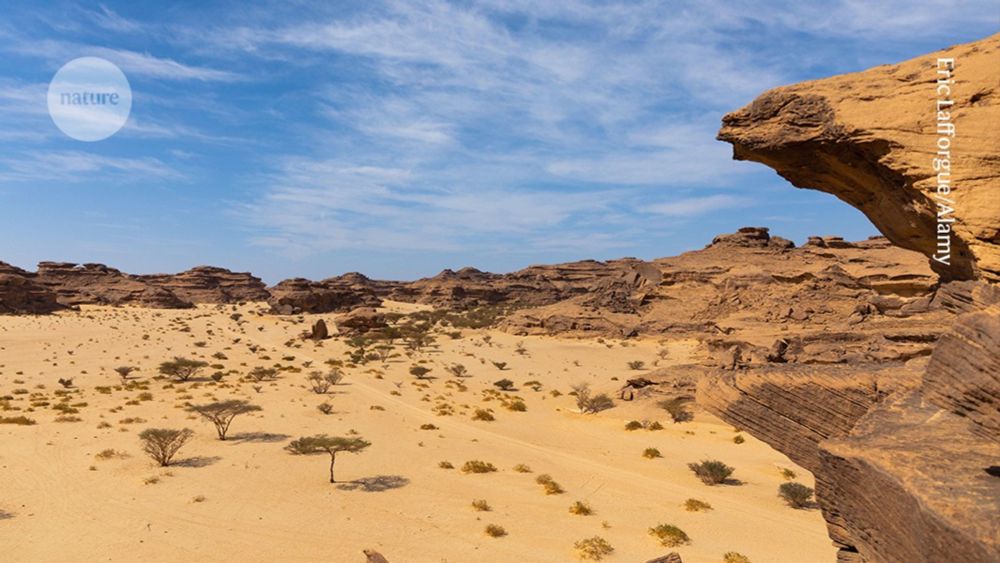Johannes Müller
Johannes Müller is a German prehistoric archaeologist. Currently, he is Professor at Kiel University. He has achieved a high international… more
Thank you for sharing your passion for paleoanthropology with us!

He shared his work on Neogene mammal fossils from the classical Siwalik sequences, and highlighted the work still ahead💪

👏 @pierreorgebin.bsky.social @robertorozzi.bsky.social
🔗 royalsocietypublishing.org/doi/10.1098/...

🔗 Read more:
www.sciencedirect.com/science/arti...
#Paleontology #Pleistocene #Fossils

Team from MfN, TU Berlin, LIAG Hannover, Institute of Archaeology Prague, plus Al Neelain University & Khartoum Natural History Museum, Sudan 🇸🇩
@mfnberlin.bsky.social @tuberlin.bsky.social
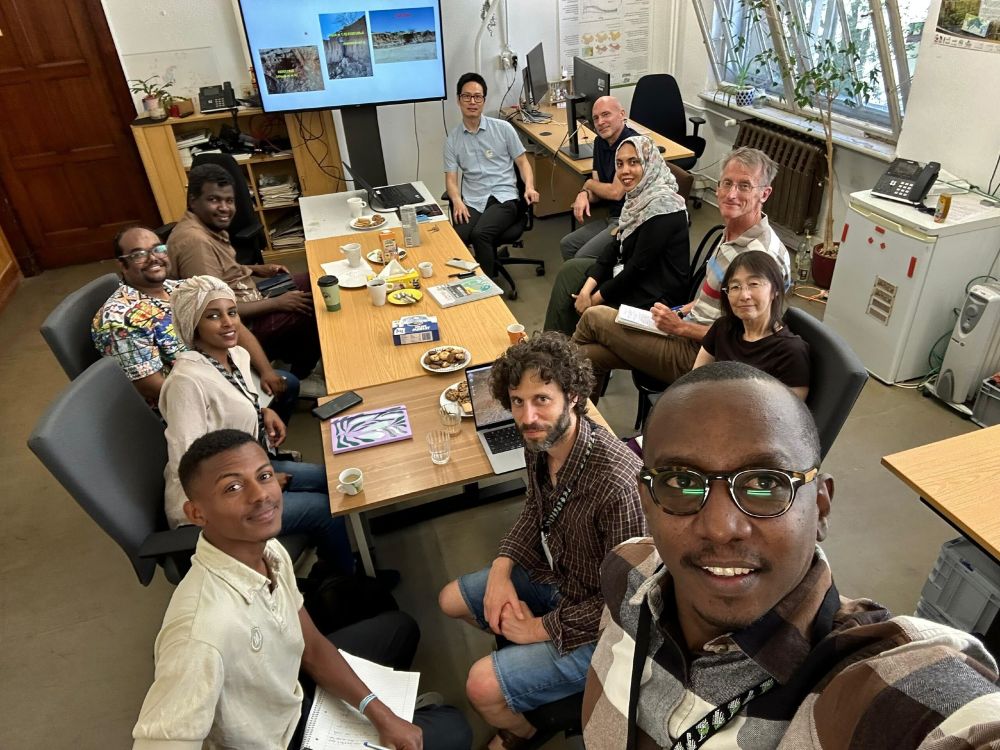
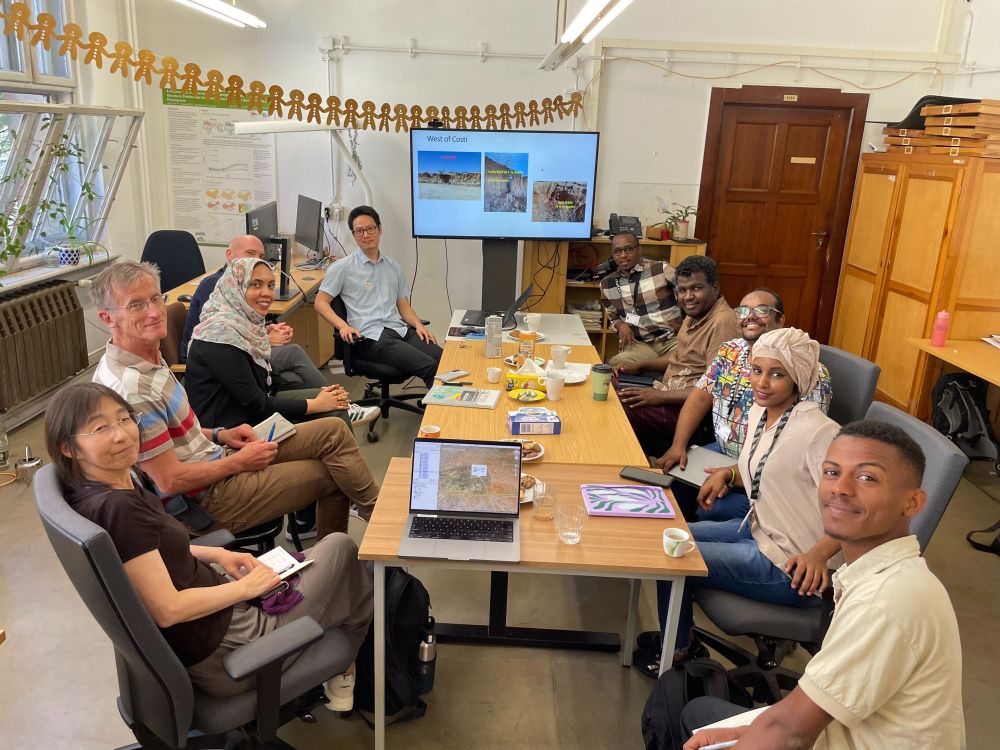
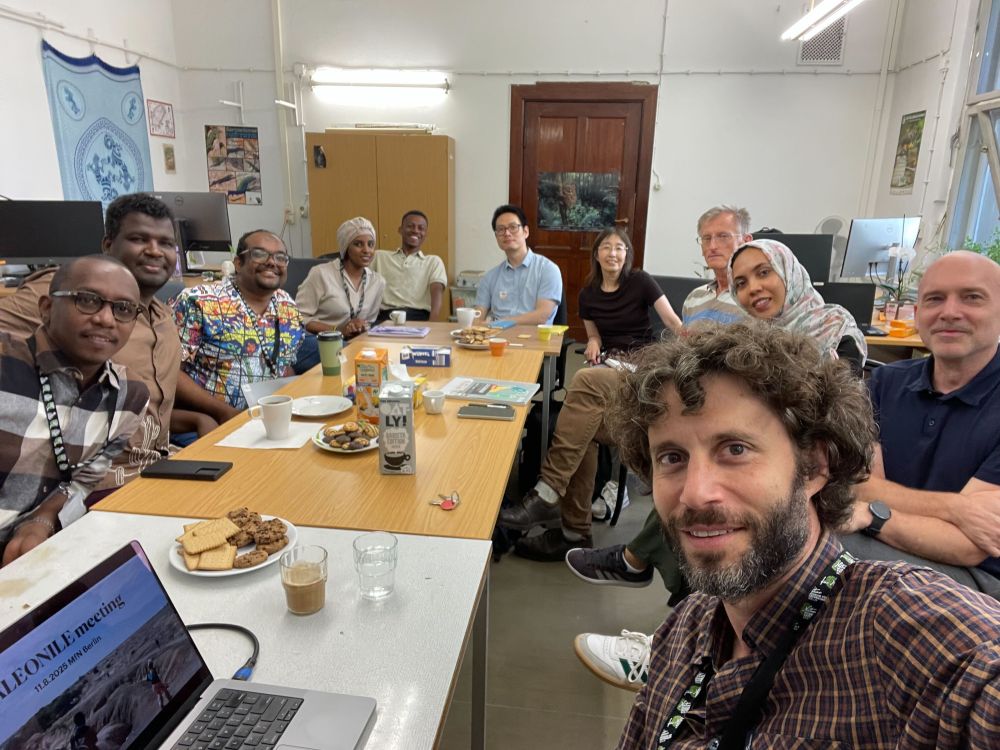
Don't miss it:
www.aljazeera.net/science/2025...
#PALEONILE project @mfnberlin.bsky.social
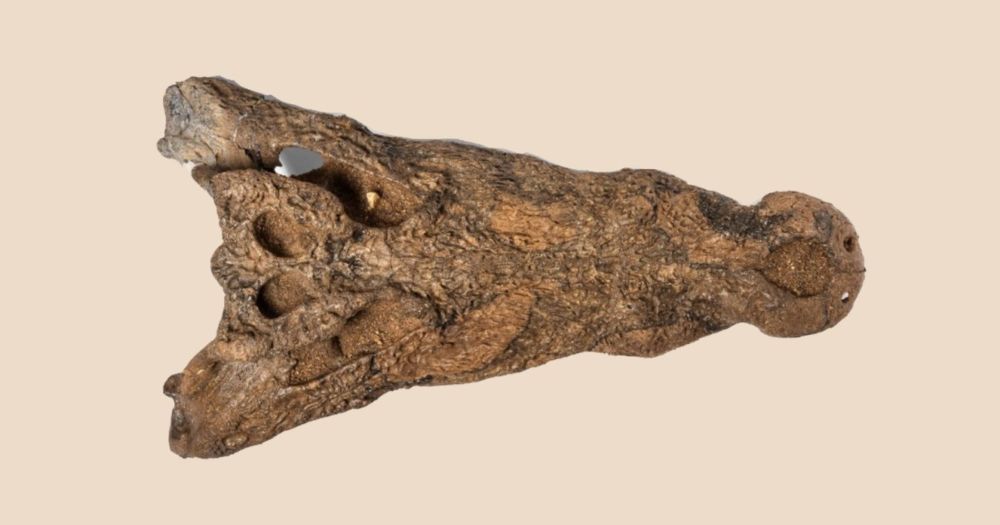
Huge thanks to @cpeg-cpb25.bsky.social for a great conference, and for recognizing our poster as one of the best! An honor to be part of it 🙌
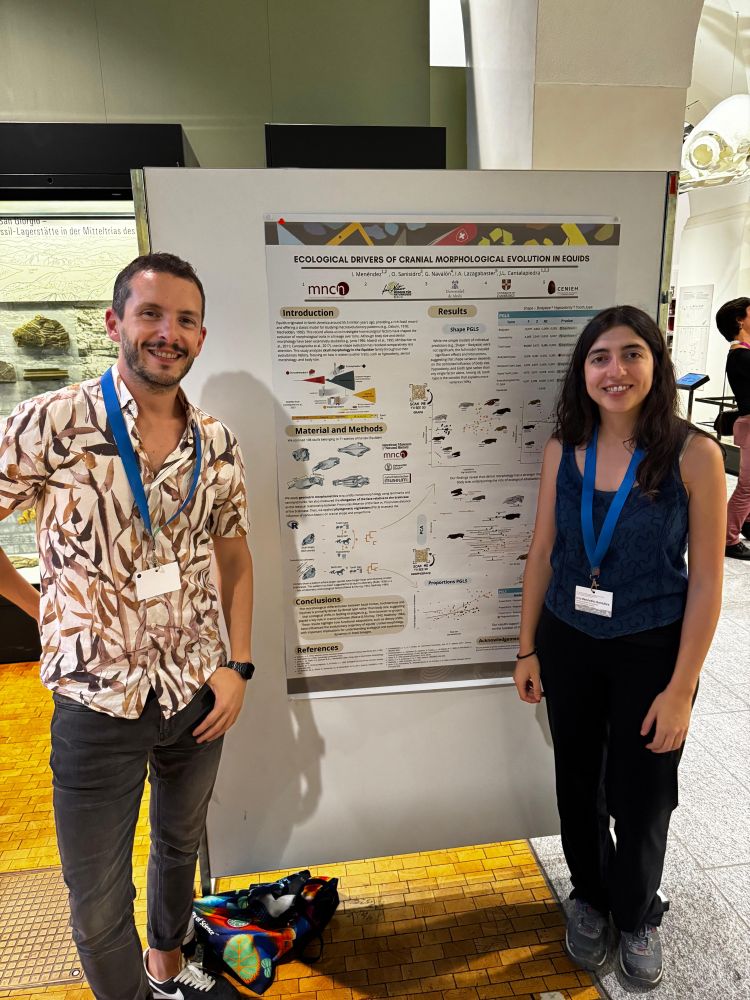
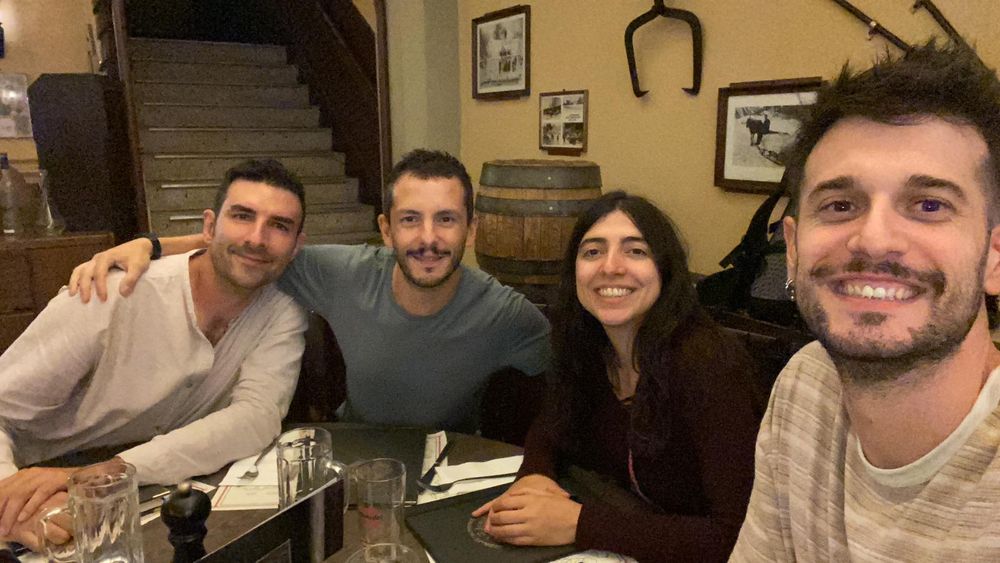
Khalafallah Salih et al. describe a new Late Pleistocene crocodile from #Sudan 🐊
the first 𝘊𝘳𝘰𝘤𝘰𝘥𝘺𝘭𝘶𝘴 from this period in Africa, and distinct from all known species!
Just the beginning for the #PALEONILE project 🌍🦴
🔗 Read more: www.nature.com/articles/s41...
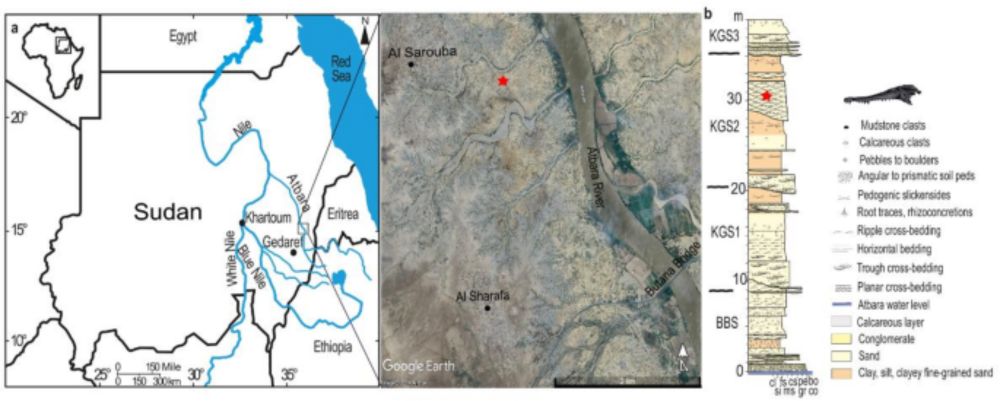
🔗 More:
academic.oup.com/evolut/advan...
#Evolution #Lizards #FunctionalMorphology
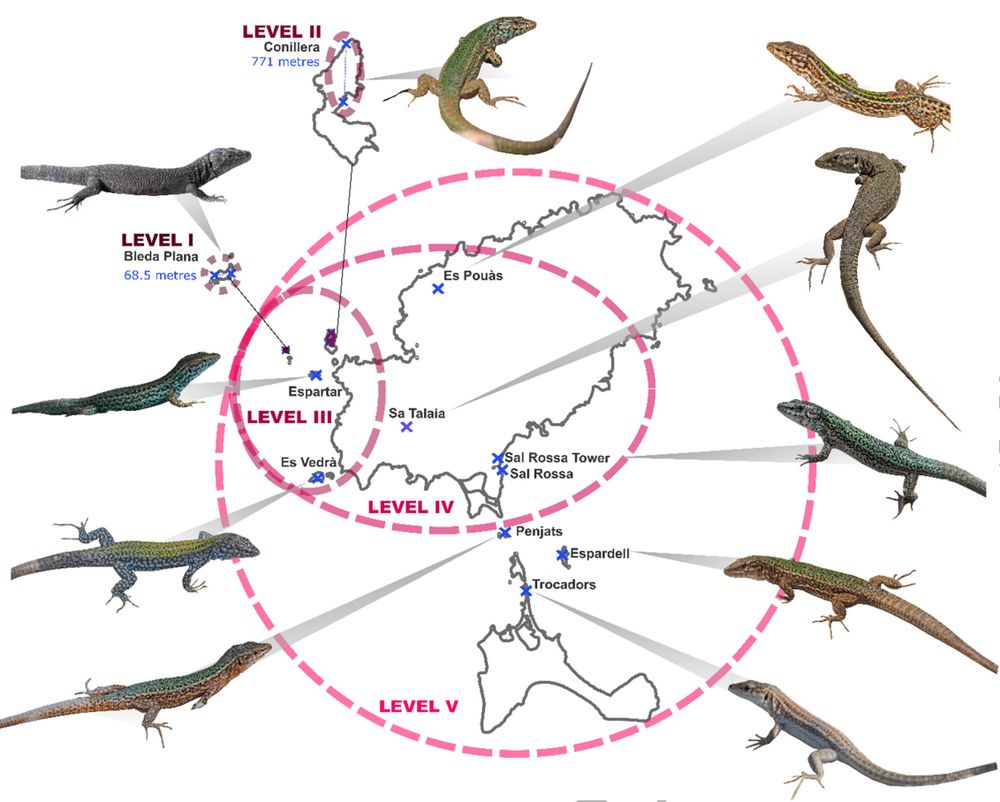
A fantastic few days of sharing ideas, methods, and common interests.
Looking forward to more collaboration ahead!
#EvolutionaryBiology #Paleobiology #AmniotaLab
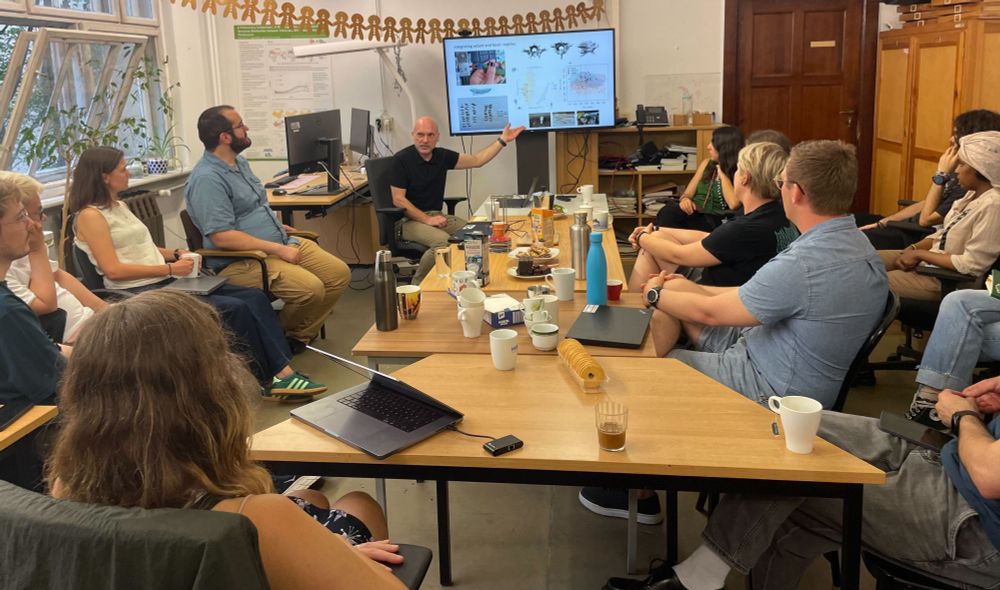
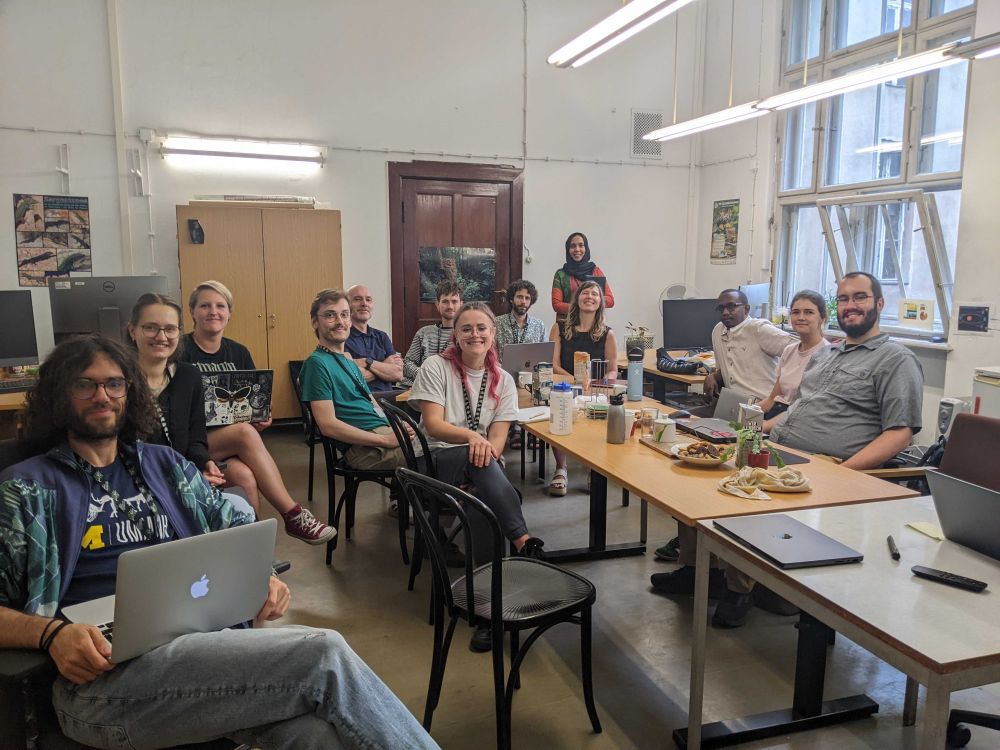
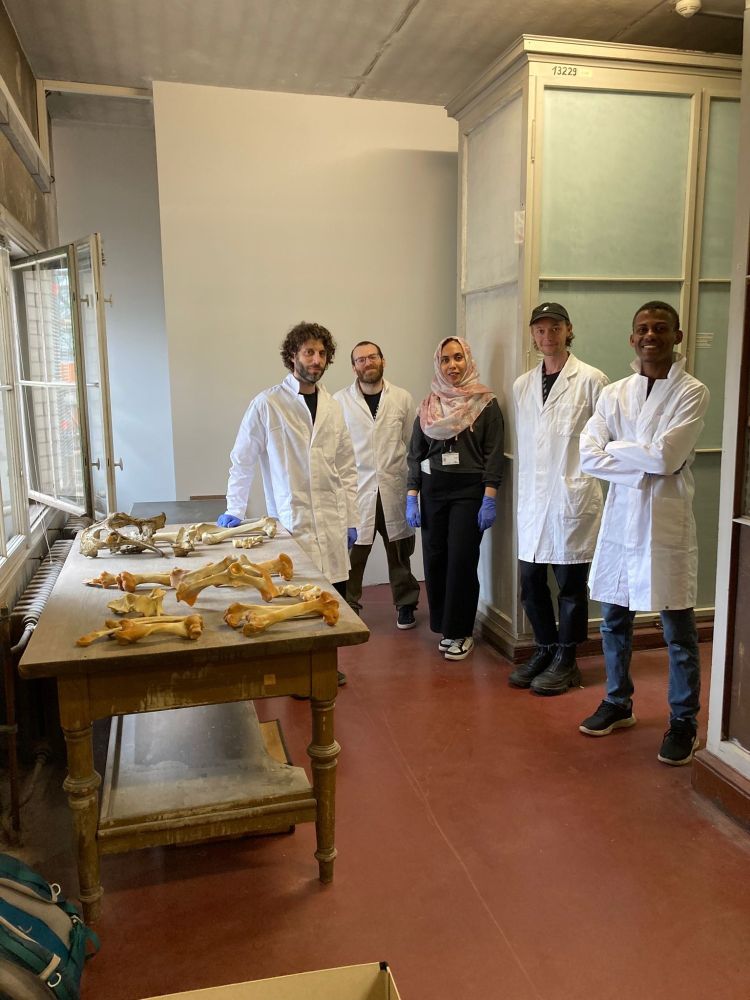
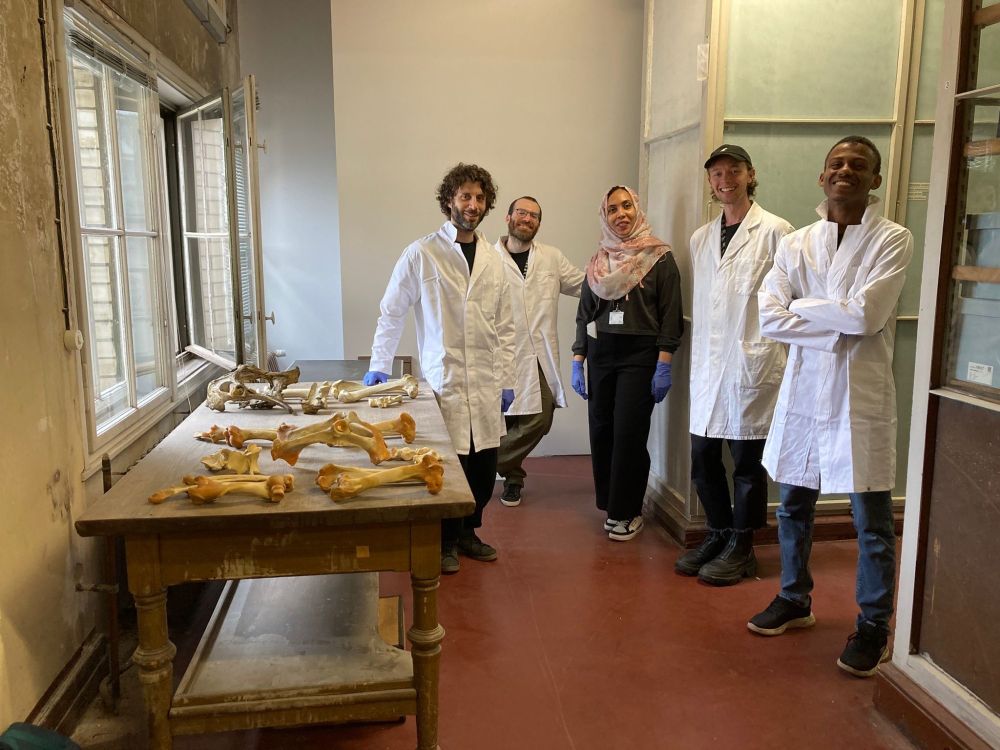
Reposted by: Johannes Müller
⚒️🧪🦀🦑 #evosky
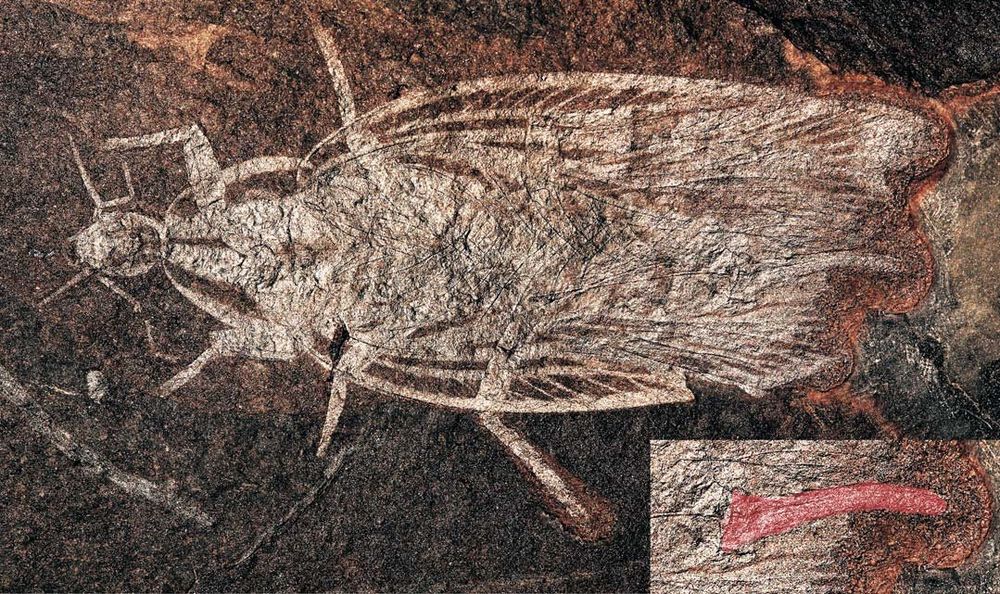
Reposted by: Johannes Müller
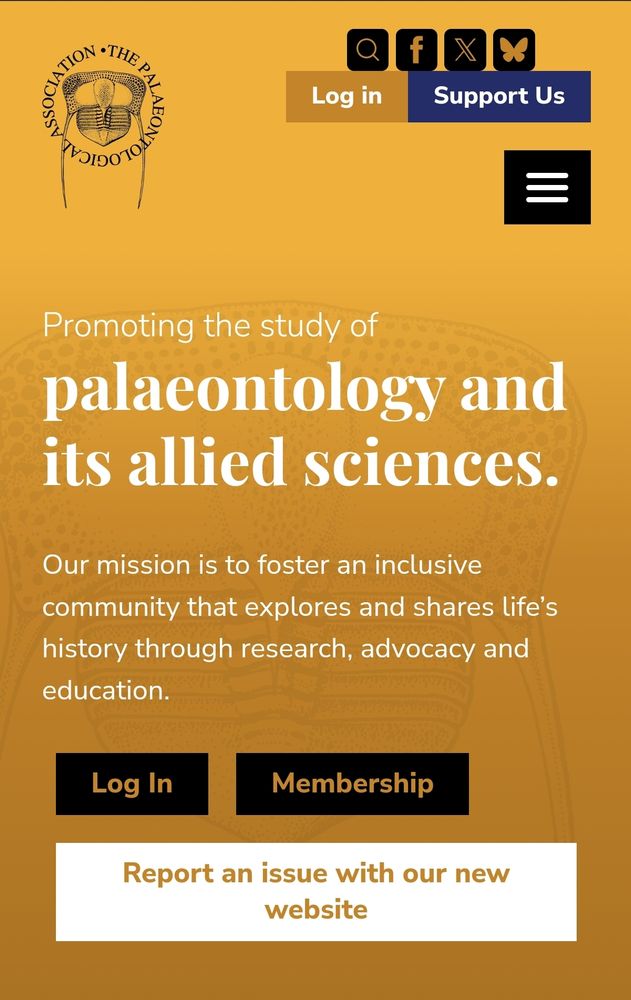
A new #AmniotaLab study shows a 5-fold increase in suitable habitat since 2015 driven by climate shifts, land use, and dispersal corridors. Rising encounters raise urgent public health concerns.
🔗 Read more: herpetozoa.pensoft.net/article/1434...
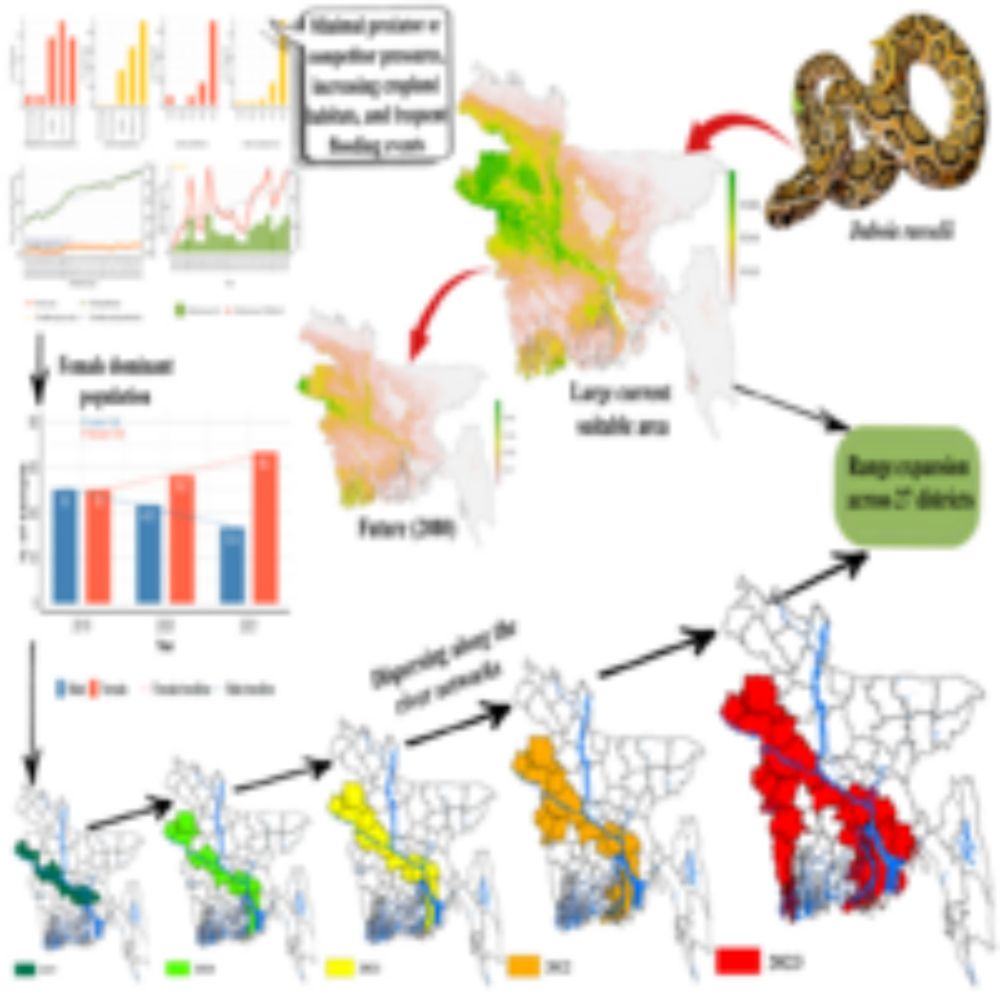
Reposted by: Johannes Müller
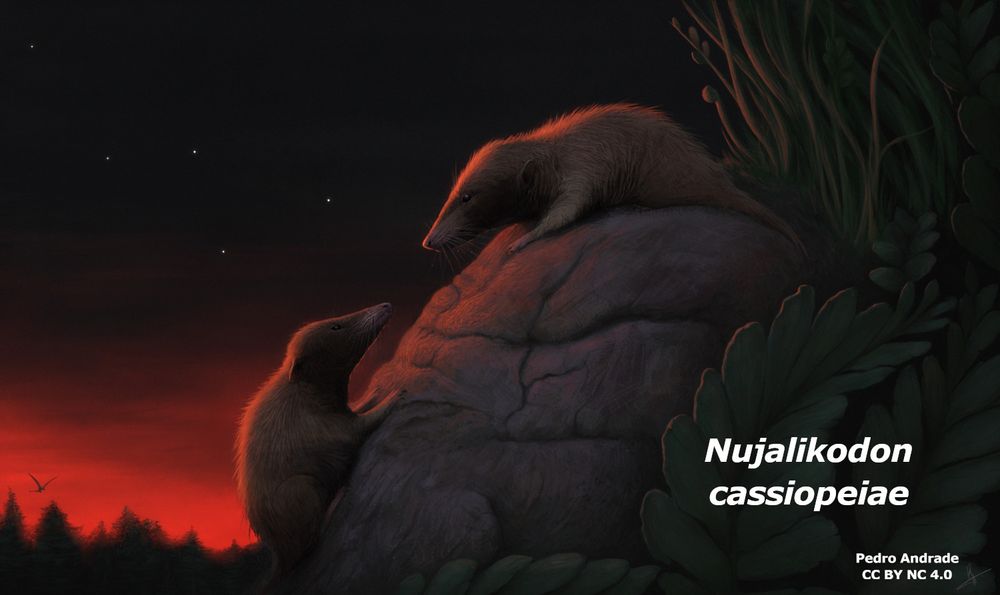
Reposted by: Johannes Müller
sciencythoughts.blogspot.com/2025/06/malf...
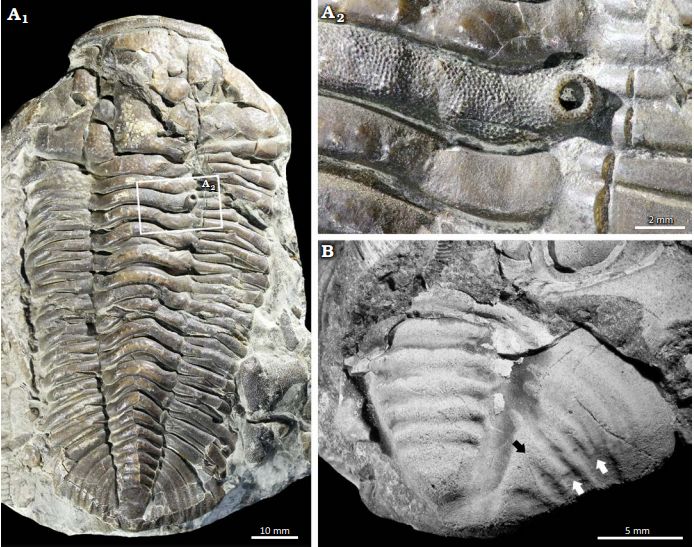
www.museumfuernaturkunde.berlin/de/museum/me...
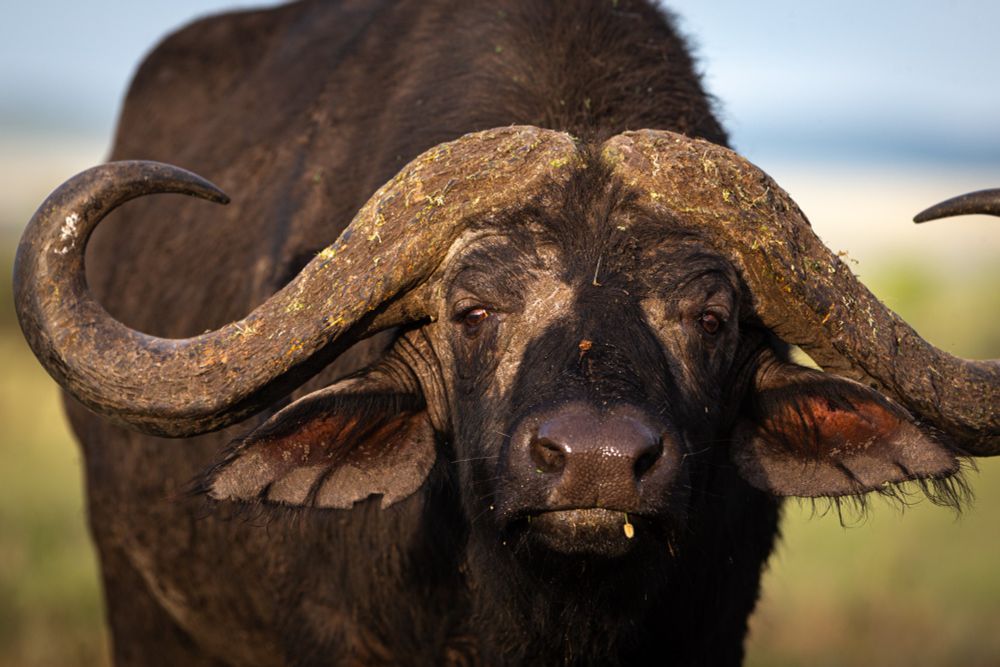
www.museumfuernaturkunde.berlin/en/museum/me...

Reposted by: Johannes Müller
📸 @singerstone.bsky.social
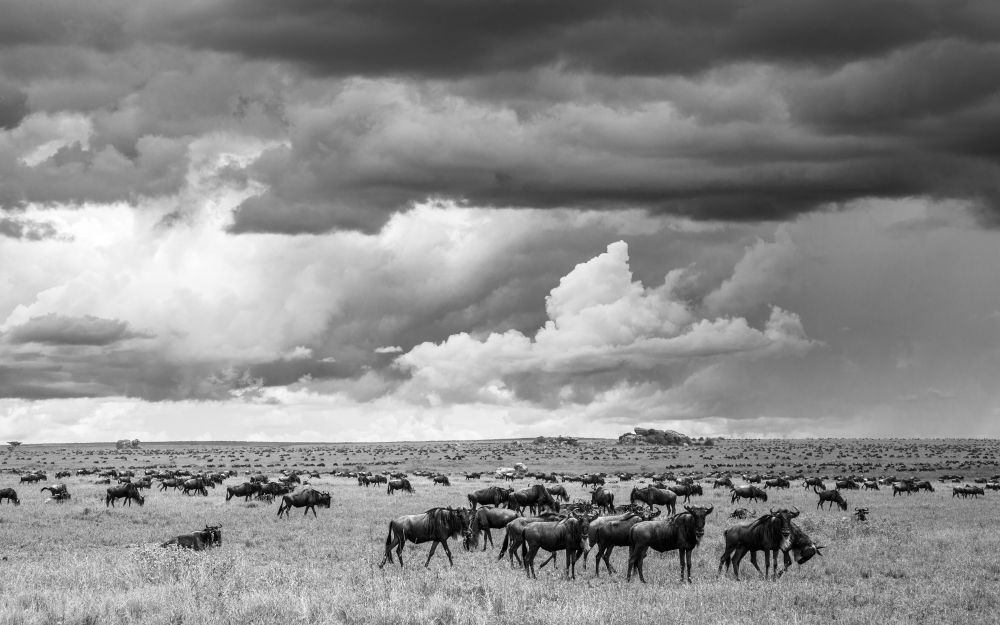
Reposted by: Johannes Müller, Joseph A. Tobias, Nepal
www.nature.com/articles/s41...
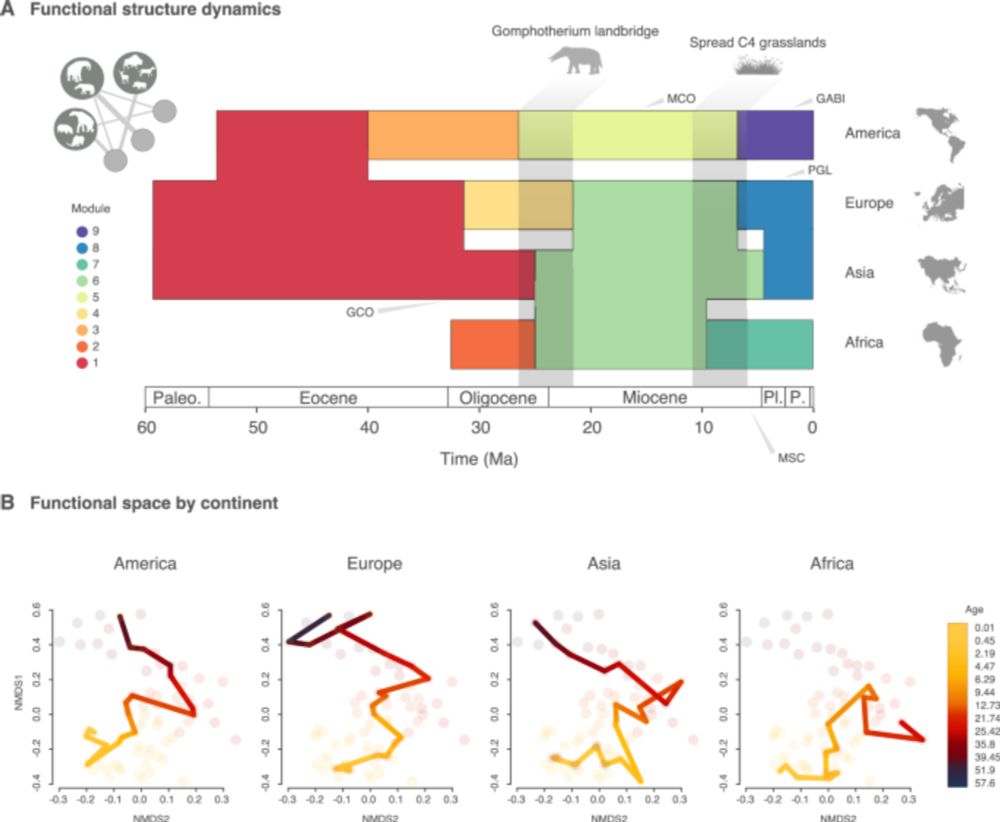
Reposted by: Johannes Müller
View post
Join Mozes Blom’s group at @mfnberlin.bsky.social to study the demographic history of New Guinea bird populations 🐦🌴
#PhD #Ornithology #Evolution #Genomics
🗓️Apply by 11.06.2025
More info 👇
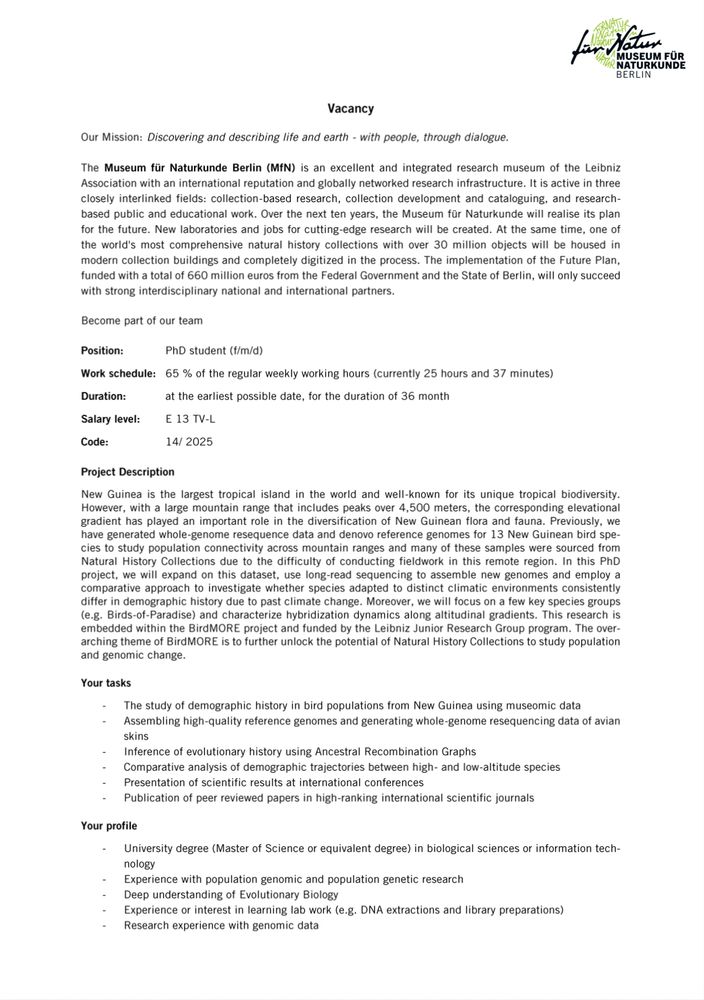
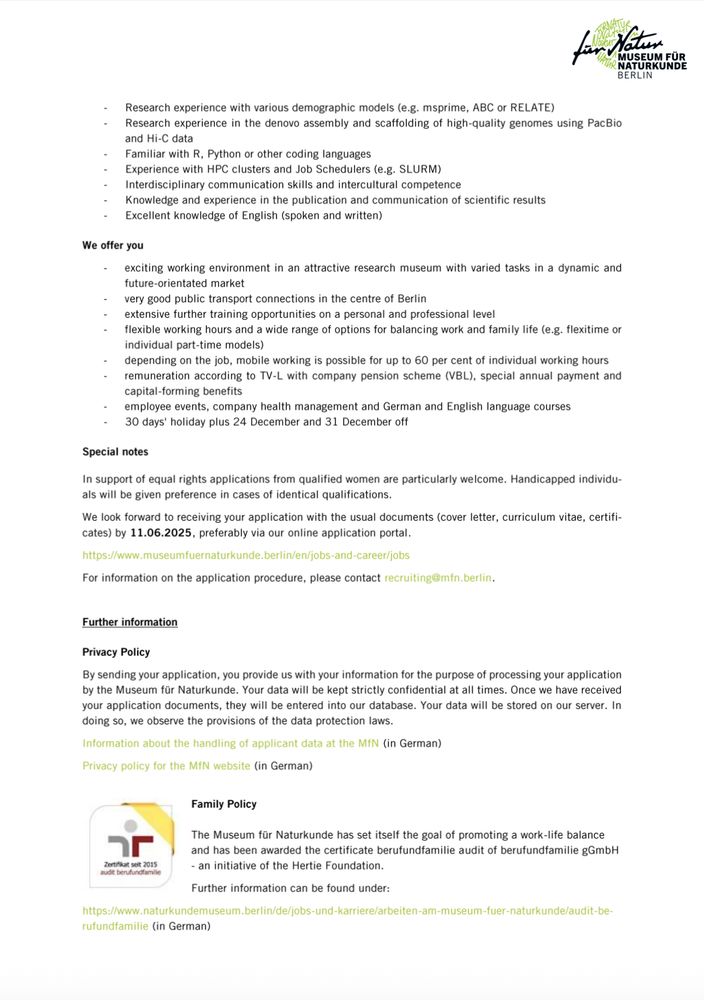
Stay tuned for more cool paleo stuff
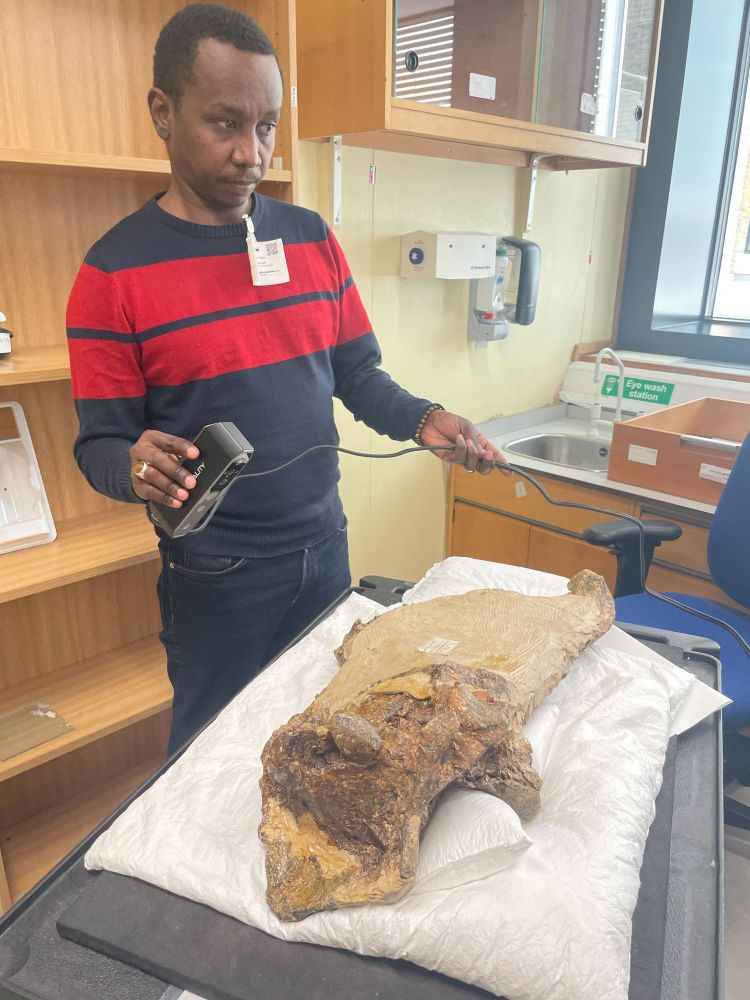
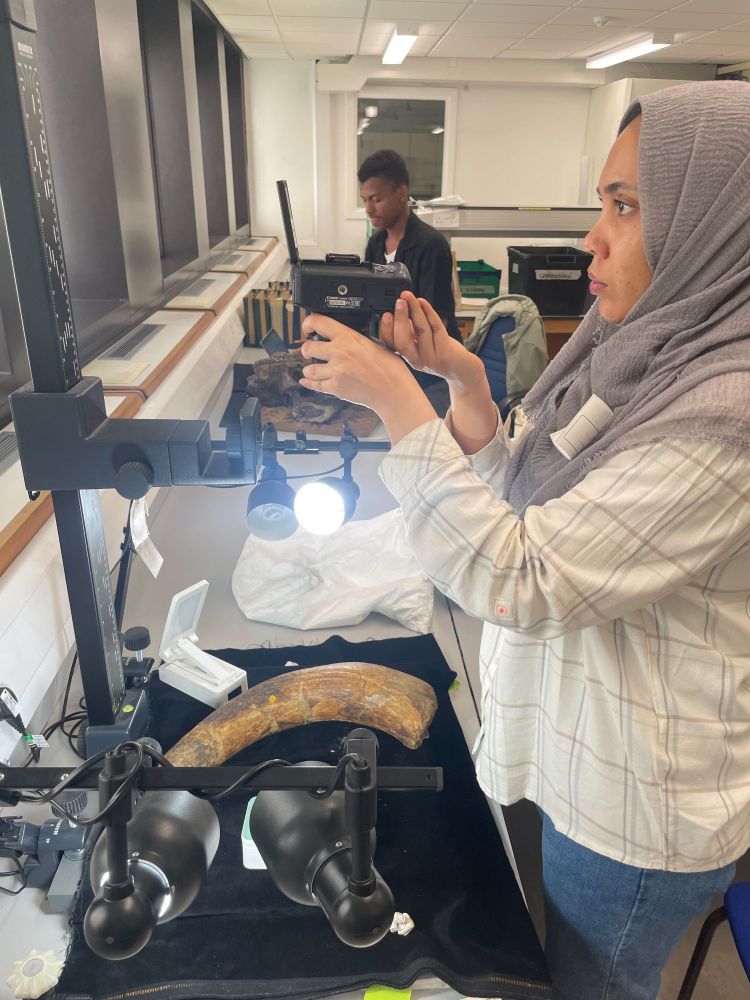
Reposted by: Johannes Müller
Reposted by: Johannes Müller
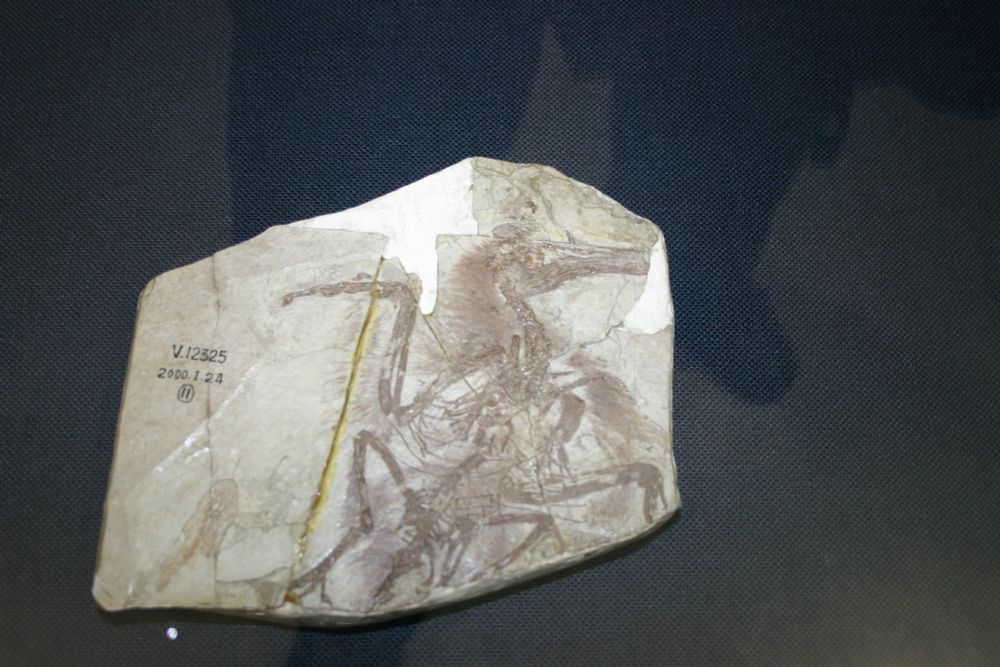
Always a joy to gather as the #AmniotaLab and share science, laughs, and plans for what’s next.
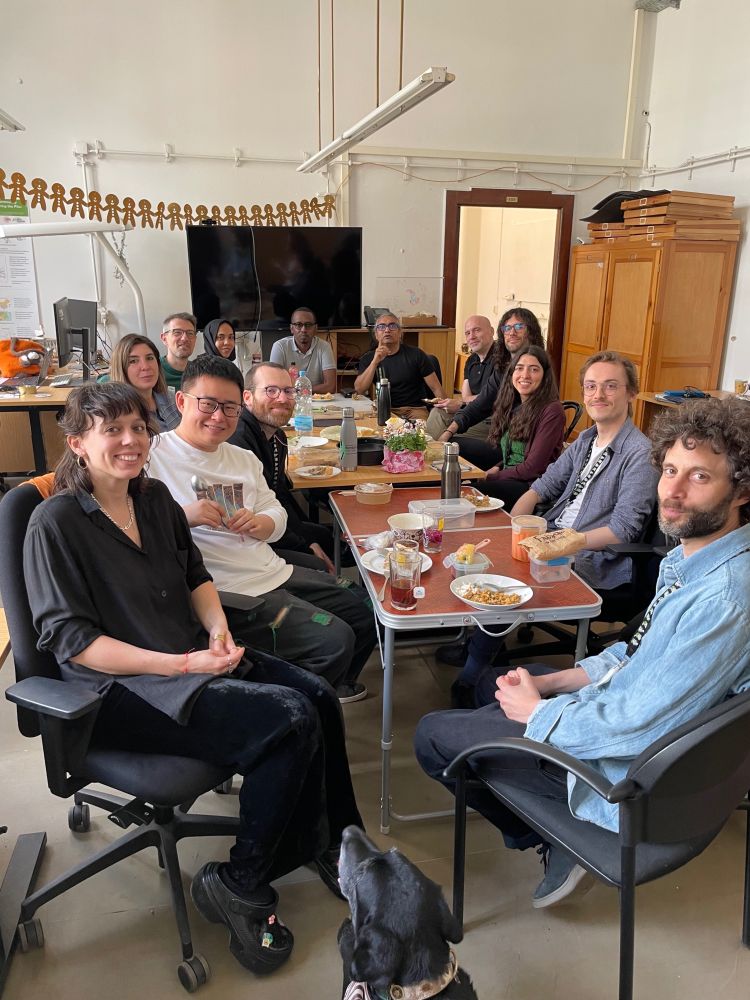
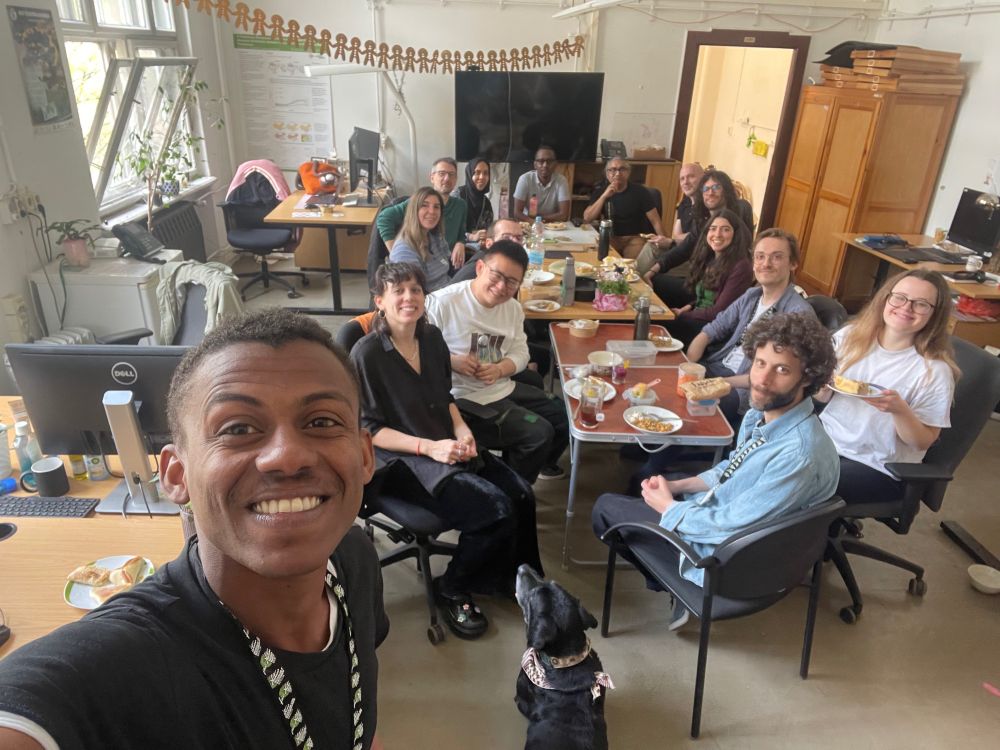
Great conversations, shared curiosity, and wonderful company.
Looking forward to the next one 🙌 Come back soon!
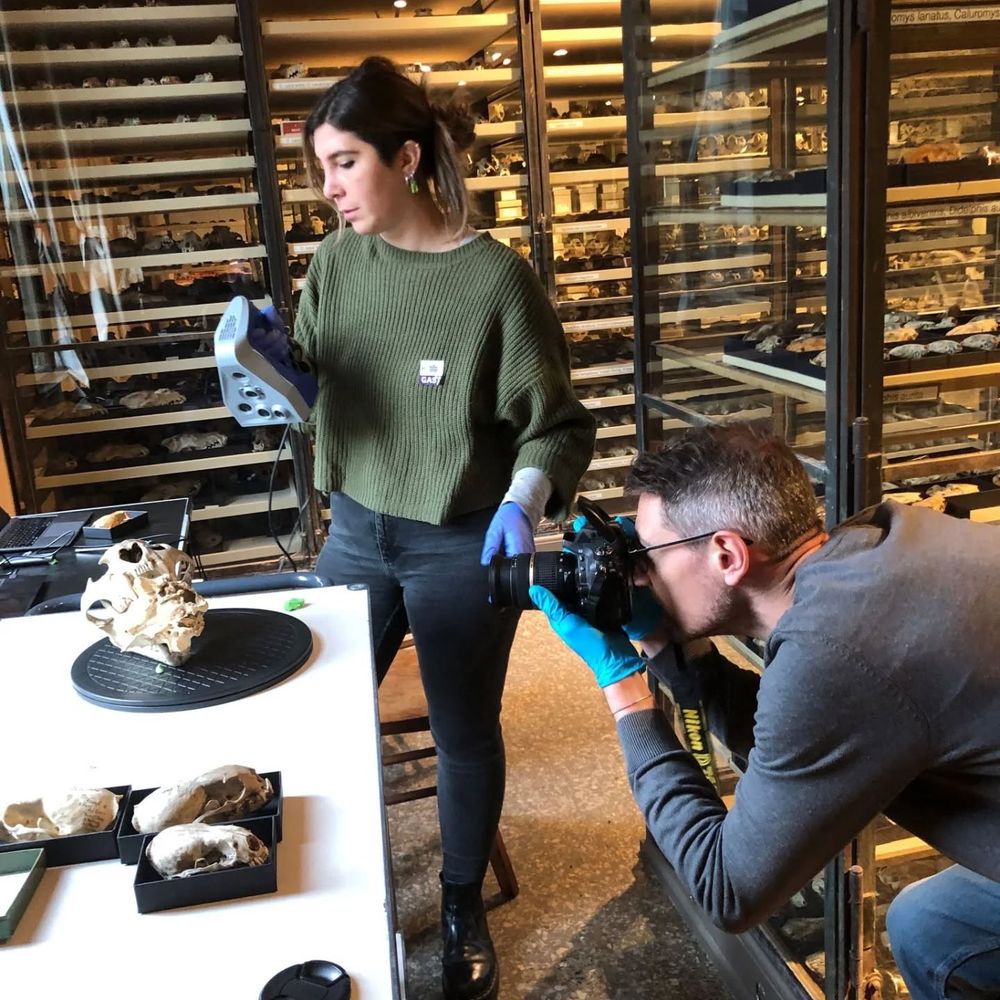
The most complete 𝘌𝘶𝘤𝘺𝘰𝘯 skeleton in Europe, from the Late Miocene site of Verduno, Italy 🇮🇹 offers new insights into canid evolution!
#Paleontology #Canidae #Fossils #AmniotaColLab
🔗 Read more:
academic.oup.com/zoolinnean/a...
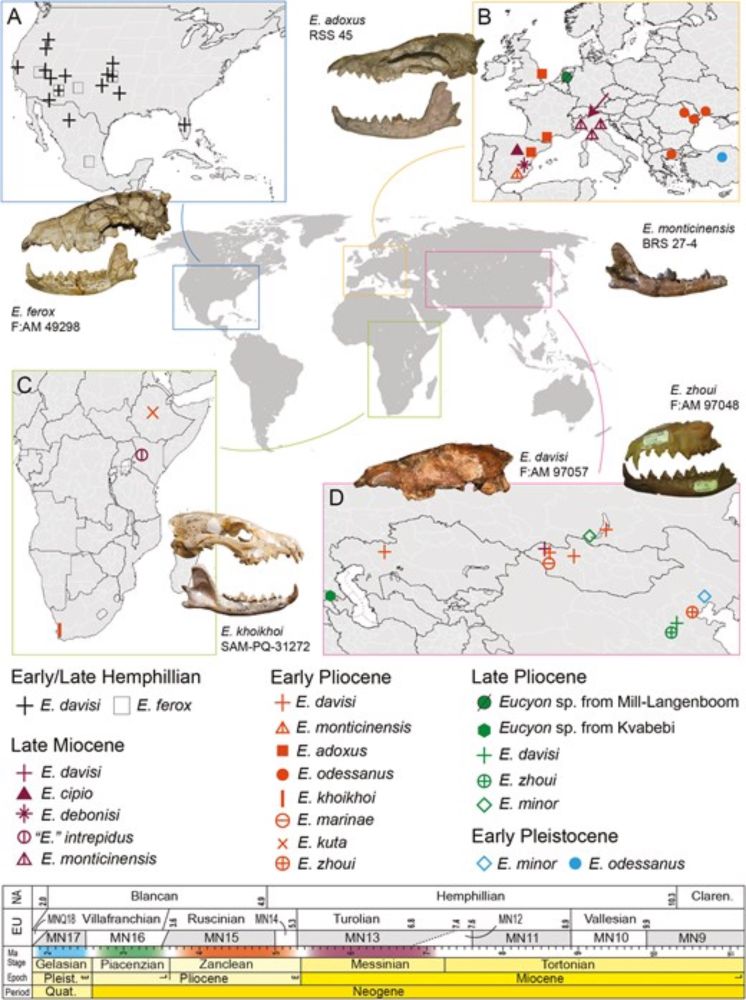
Wetter periods over the past 7 million years may have opened key migration routes for animals and early humans 🚶♀️🌍
🔗https://www.nature.com/articles/d41586-025-00905-7
